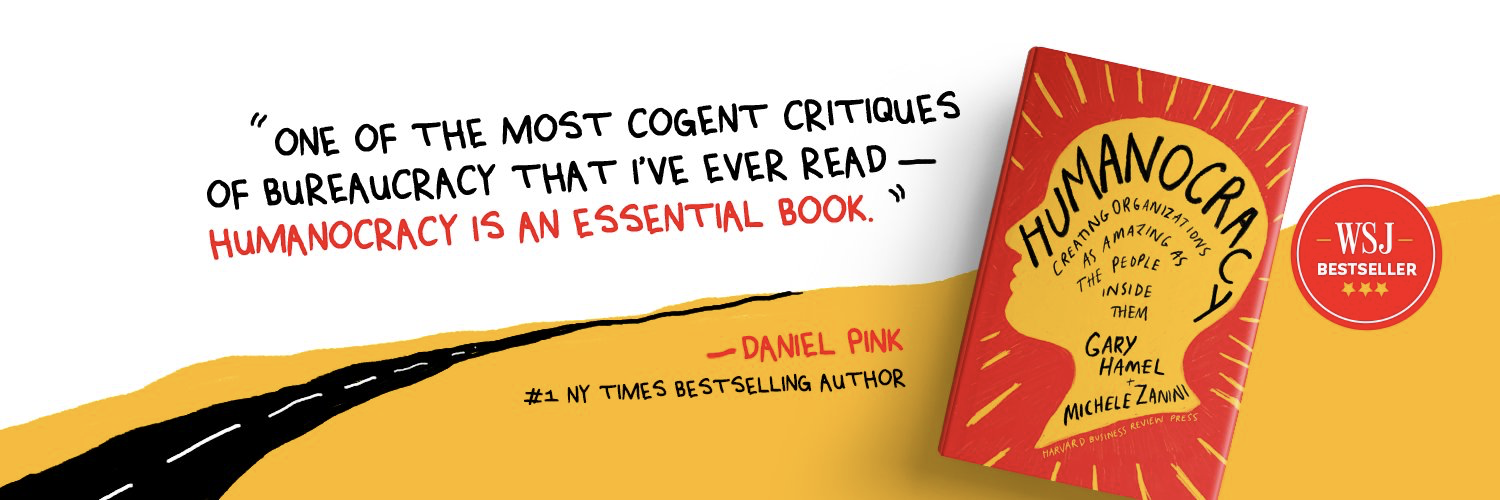Create internal markets for ideas, talent & resources
“Organizations need a resource allocation process that more accurately mimics the selection pressures of a real market.”
Funding decisions in corporations are usually made at the top and are heavily influenced by political factors. That’s why companies over-invest in the past and underfund the future. By contrast, resource allocation in a market-based system like the New York Stock Exchange is decentralized and apolitical. While markets are obviously vulnerable to short-term distortions, in the long run they’re better than big organizations at getting the right resources behind the right opportunities. To make resource allocation more flexible and dynamic, companies must create internal markets where legacy programs and new projects compete on an equal footing for talent and cash.
Create internal markets for ideas, talent & resources
“Organizations need a resource allocation process that more accurately mimics the selection pressures of a real market.”
Funding decisions in corporations are usually made at the top and are heavily influenced by political factors. That’s why companies over-invest in the past and underfund the future. By contrast, resource allocation in a market-based system like the New York Stock Exchange is decentralized and apolitical. While markets are obviously vulnerable to short-term distortions, in the long run they’re better than big organizations at getting the right resources behind the right opportunities. To make resource allocation more flexible and dynamic, companies must create internal markets where legacy programs and new projects compete on an equal footing for talent and cash.









